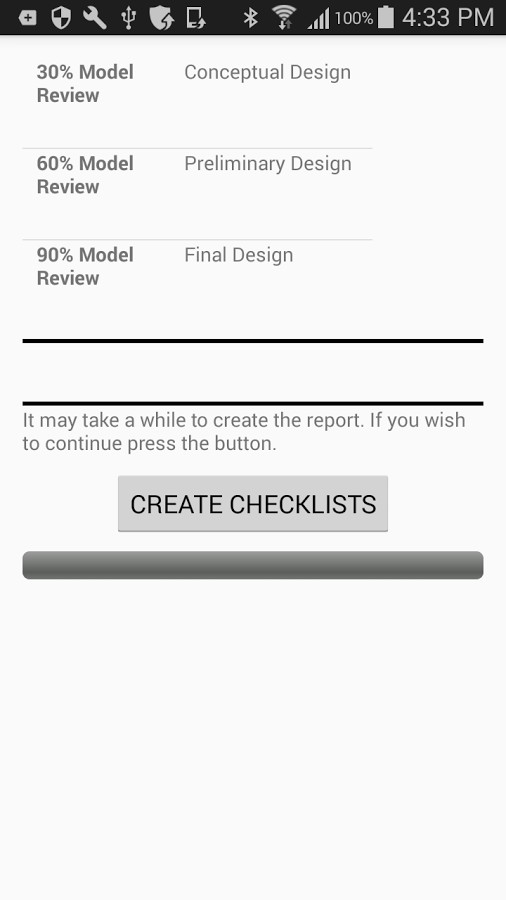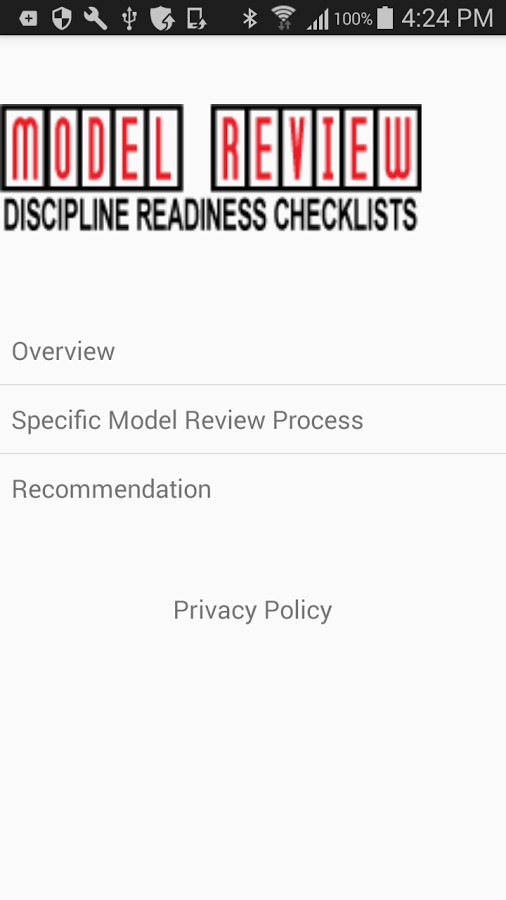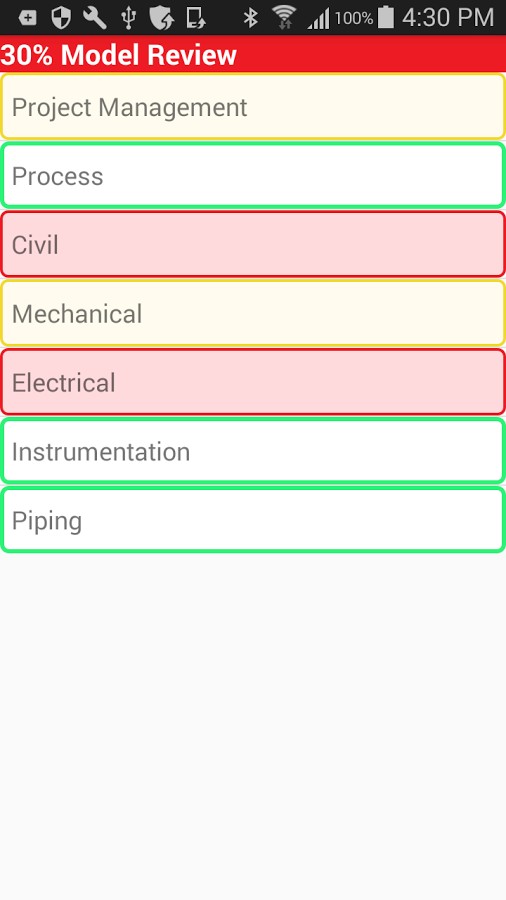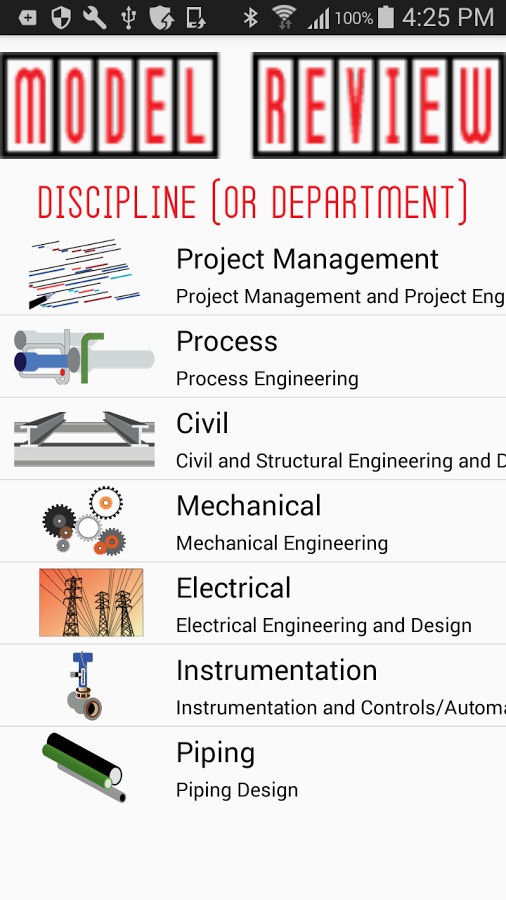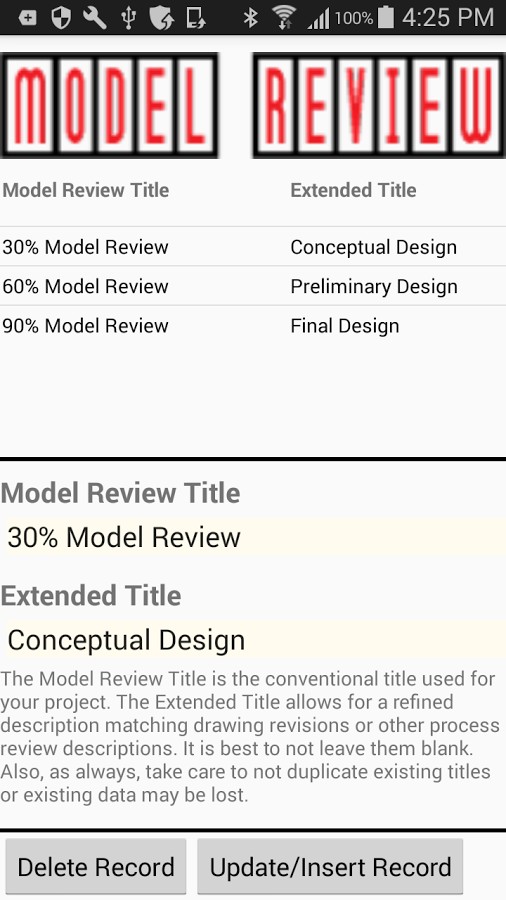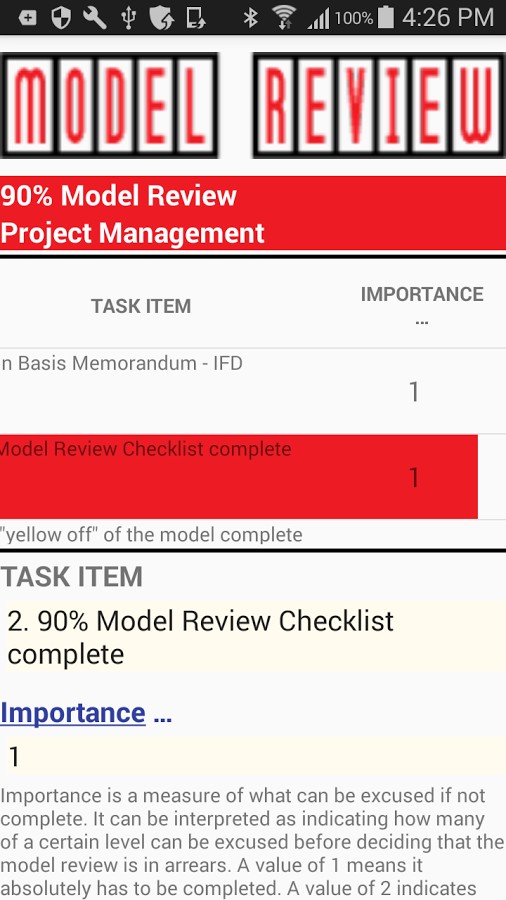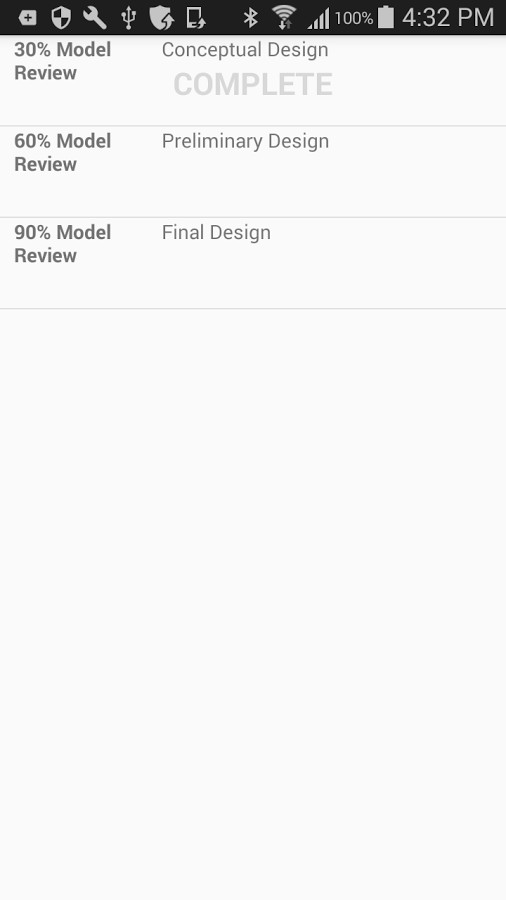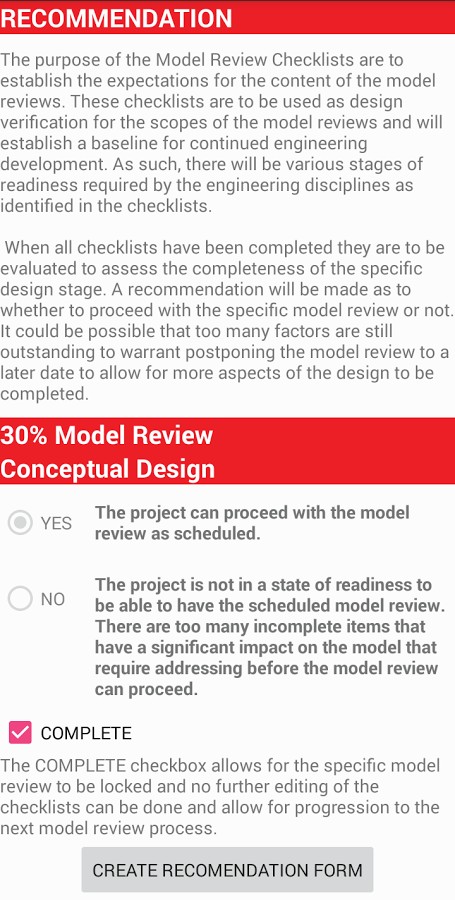Sponsored
Description
In order to take full advantage of the investment organizations have made in the 3-D modeling capabilities of Computer Aided Design an understanding of the interconnections between various disciplines and the impacts that each discipline has on other disciplines is essential.
The Model Review Process Application utilizes the aspect of model reviews to take full advantage of the investment organizations have made in the 3-D modeling capabilities of Computer Aided Design. The application is designed to ensure the interconnections between various disciplines that contribute to the project are documented and tracked through the entire project life cycle. This allows for the ability to express and detail the various impacts and dependencies that each discipline has on other disciplines.
When there is no established process for conducting model reviews and bringing a project from preliminary design through detail design and culminating in Issued For Construction drawing packages our application can manage the process. Where established processes exist our application can be utilized as a complementary tool.
Our Model Review process and templates function as starting blocks for all disciplines to outline and determine project scope and to document the requirements and expectations at various stages of progression. They are easily modified to adjust to the organization and to individual projects. The application can generate checklists for each discipline detailing the tasks required at various stages of the project. A recommendation form can also be generated for the various stages to aid in determining audit trails and tracking progression of the project.
A default dataset is included based on a multi-disciplined engineering project for the oil and gas industry. The dataset sets up seven key disciplines involved in a typical project: Project Management, Process Engineering, Mechanical Engineering, Civil and Structural Engineering, Electrical Engineering, Instrumentation, and Piping Design. An easy-to-follow model review process incorporating traditional 30%, 60%, 90% model reviews (also known as Preliminary Design, Detailed Design, and Final Design) is utilized. The tasks associated with all of the disciplines through all of the stages are included with the dataset. Using this as a starting point gets you going immediately with no additional setup required.
The application allows for customization to satisfy the unique needs of any organization. Disciplines (or departments) can be added or removed as required. Various model reviews can be incorporated according to whatever process and naming convention is desired. As the project progresses from inception through to completion and other reviews become necessary they, too, can be added without invalidating anything that has already been entered or completed. Tasks can be created for tracking and verification purposes.
A weighting system is utilized in a color-coded fashion such that a quick perusal can identify disciplines that have completed their tasks, may not have completed their tasks but are close enough to be able to proceed with the next phase, or that may be seriously deficient in the completion of their tasks. Once model reviews are completed (regardless of the completion level of tasks of the various discipline) that process is locked from any future revisions and the next stage of the project becomes the focus for effort.
Once a project is complete, the application can be reset to be used for the next project.
Reusable; Repeatable; Relational
Related Apps + Games
View All-
Diamond Rose Live Wallpaper
by ram
-
Real Time Tracker 2
by Greenalp
-
Vatulator
by Vatulator
-
How to Kiss
by Theago Liddell


